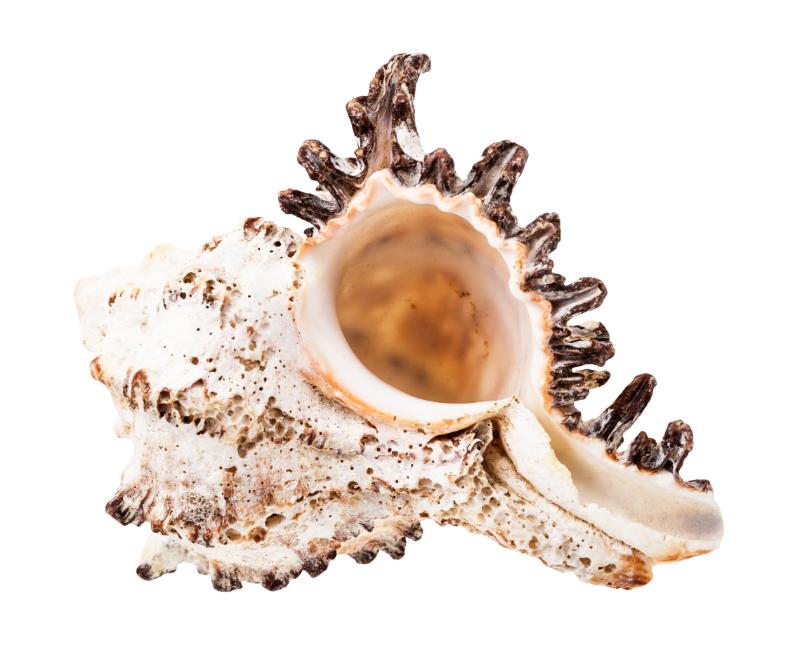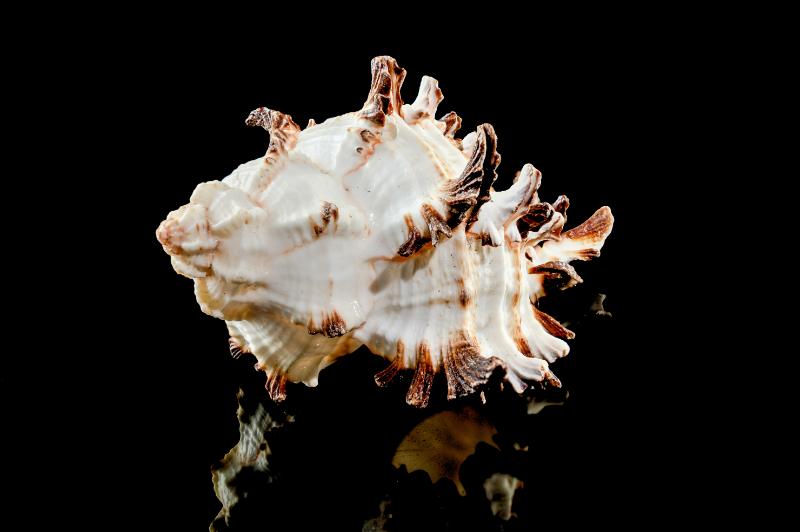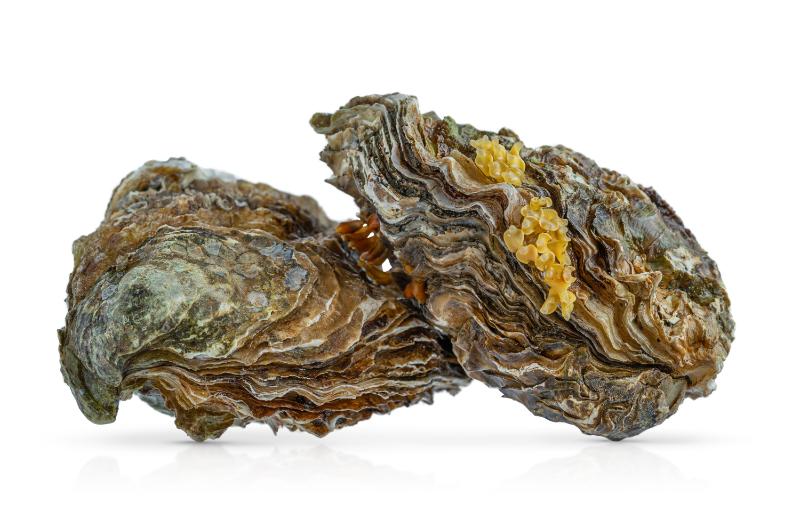Diving into the deep blue, we uncover one of nature’s magnificent treasures: The Spiny Oyster. Often mistaken as an intricate piece of coral, this sea gem is a bivalve demonstrative of Mother Nature’s creative flair.
Unleashing the Spiny Oyster’s Vibrancy

The Spiny Oyster, scientifically known as Spondylus, paints the ocean floors with a stunning palette of colors. With their vibrant and intricate shells, these gems of the sea latch onto fixed objects like rocks or corals.
Interestingly, various ancient cultures deeply appreciated the beauty of Spiny Oysters. Their shells, often transformed into mesmerizing art pieces and jewelry, played significant roles in different civilizations’ histories.
The Historical Significance of the Spiny Oyster
Innumerable Spiny Oyster masterpieces were discovered by archaeologists, some dating back to a staggering five millenniums. Indicating that they were traded as a form of currency not only in Europe but also in certain regions of Mexico and South America.
Spiny Oysters, A Trivia Shell Game

Here are some captivating pearls of knowledge about these vivid sea creatures that make any conversational repertoire shine:
- Alternative names include Thorny Oysters, owing to their exterior texture.
- Despite the common name, these creatures belong to the scallop clan.
- Spiny Oysters don’t mate; instead, each individual fertilizes its own eggs.
- These spectacular craftsmen of the sea produce more than just dinner; their bright shells are cherished more than their meat.
- They set up housekeeping for life, attaching to a suitable spot and never moving again.
- They don’t venture into chilly seas; warm oceans are their domain.
- Spiny oyster shells are referred to as “chrysanthemum shells,” thanks to their delicate, flower-like outline.
Adding a Spiny Oyster to your Home Aquarium

If you’re considering adding an alluring Spiny Oyster to your aquatic environment at home, know that it’s a delicate process. These bivalves are extremely sensitive and demand certain foundation to live in captivity happily.
Proper placement in the aquarium is imperative for the Spiny Oyster. One must replicate the exact position and orientation they had when found. Any misalignment in their sensory organs due to improper placement will cease their feeding process, leading to their inevitable demise.
Feeding and Living Conditions

Provide your marine pet an abundant supply of phytoplankton for optimal health. During feedings, remember to turn off any filter systems. This ensures that the food reaches the Spiny Oyster and doesn’t get sucked into the filter.
The aquatic environment should hover between 72-78 degrees Fahrenheit. Also, maintain the pH level within 8.1 to and 8.4 for their well-being. These peace-loving creatures pose no threat to their tank mates. However, it’s advisable to avoid placing them with certain species like crabs and whelks, potentially jeopardizing their safety.
Wrapping up, integrating a Spiny Oyster into your homes can be a delightful yet sensitive task. Be sure to recreate a close semblance of its natural habitat for its best health. But with the right care and commitment, this stunning sea gem can add a captivating charm to your home aquarium.